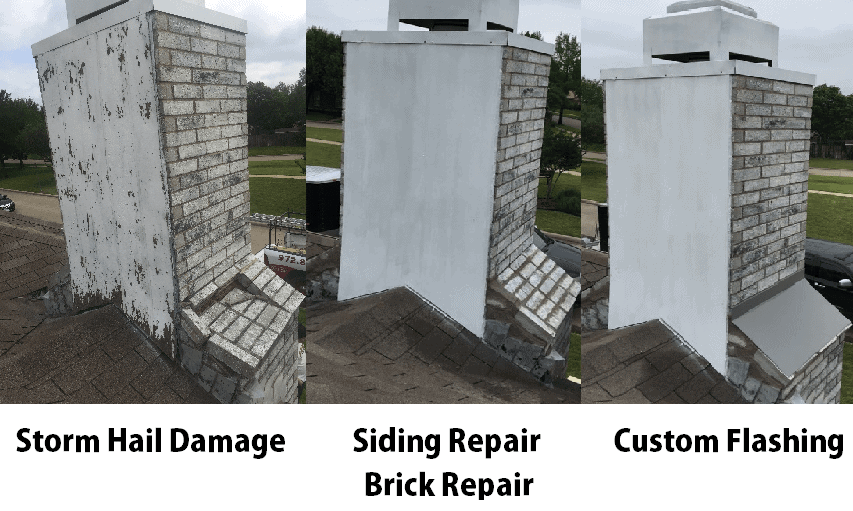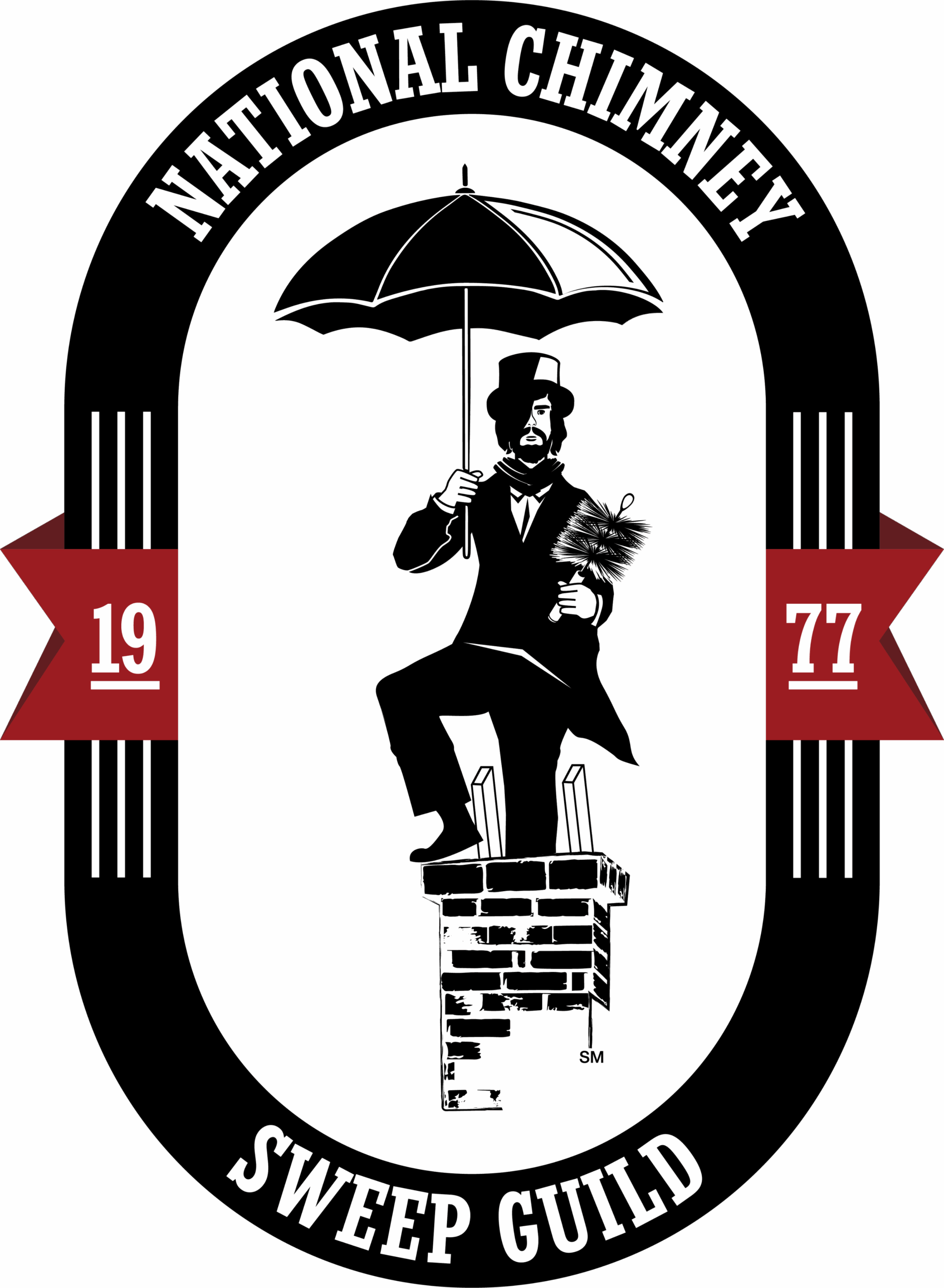Schedule Services with the Chimney Pros
Our family-owned and operated business has been serving the greater Dallas - Fort Worth area for over 25 years.
Call us today or fill out the form and we will call you to get started!
We Fix Chimneys!
Brick Repair in Dallas, TX 75201
3 Signs You Need to Contact a Dallas, TX Brick Repair Expert to Fix Your Chimney
You love your fireplace. It’s more than just a reliable source of heat; it adds to the comfort and aesthetic appeal of your Dallas County home. There’s nothing better than sitting back and relaxing in front of a roaring fire on a chilly night. In order for your fireplace to remain a beloved feature, it has to be in excellent condition. Masters Services is here to help you do just that.
Of all the components of your fireplace, the chimney is the most important. Not only does it play a vital role in its function, but it also impacts the overall look. If it’s damaged, instead of adding to the beauty of your home, it can end up being an eyesore, and more importantly, it can end up turning your fireplace into a serious hazard. According to the Chimney Safety Institute of America (CSIA), residential chimney fires, carbon monoxide exposure, and other types of chimney-related hazards result in countless dollars in property damage and even worse, loss of lives, throughout the United States each year. Damaged masonry work – the bricks and mortar that the structures are made of – is one of the leading causes of chimney fires.
Since chimney safety is so vital to the safety of your family and your Dallas County home, as a homeowner who has a brick chimney, familiarizing yourself with the signs of damage is crucial. Get in the habit of visually inspecting the structure on a regular basis, and if you notice any of the following, avoid using the fireplace and get in touch with a company that specializes in brick repair near you as soon as possible.
Mortar Damage
Damaged mortar joints are the most obvious sign that a chimney needs to be repaired. Mortar is like the glue that holds the brickwork together. If it’s damaged, the structural integrity of the chimney is compromised. There are several factors that can contribute to mortar damage. Constant exposure to harsh conditions, such as high temperatures, smoke, and soot, and the elements (moisture, wind, fluctuating temperatures, and the harsh UV rays of the sun,) as well as poor installation, and even ground settling are just some of the causes. Mortar can become cracked and entire chunks can end up falling out, and eventually, the entire structure could end up collapsing. Of course, damaged mortar takes away from the visual appeal of a chimney, too.
Pay attention to the mortar. As soon as you notice any damage – whether minor or severe – start searching for companies that specialize in brick repair near you. A Dallas, TX brick repair professional will address the problem, restoring the safety and the aesthetics of the structure.
 Spalling
Spalling
Does it look like any of the bricks on the interior or exterior of your chimney are flaking, peeling, or crumbling? If so, you’ve got a spalling problem on your hands.
Spalling is a common form of brick damage. Bricks are made of clay, which is a highly porous material, and as such, they easily absorb water. When the temperatures dip, the water that’s trapped inside the bricks will freeze and expand, and the ice will push out small pieces of bricks, creating small cracks. When the weather warms up, the water will melt and drain out of the bricks. Water will then fill the cracks that were created by the expanding ice, and when it freezes again, it will bush out more of the brick, creating an even bigger crack. The cycle continues, and eventually, the brickwork will be riddled with cracks and will become severely deteriorated.
Initially, spalling is a cosmetic problem; however, if it continues, pieces of the masonry will peel off and pop out, and eventually, the structural integrity of the chimney could end up being compromised. To avoid extensive damage, serious safety hazards, and costly repairs, at the first sign of spalling, start researching “brick repair near me”. A reputable Dallas, TX brick repair expert will conduct a thorough assessment of the masonry work and will make the necessary repairs.
Shifting
Take a step back from your chimney – both inside and outside of your Dallas County home – and examine it. Does it appear to be a bit cockeyed? Is it shifting to one side? If so, you have a major problem on your hands, and you need to schedule an appointment with a contractor that specializes in brick repair near you right away.
There are a few different reasons why a fireplace can start to shift. It may be the result of ground settling. As the ground that your Dallas County house sits on moves, the house moves, too. When that happens, the masonry work that the chimney is made of can shift. The shifting will continue, and eventually, the mortar and bricks will crack and crumble, and the entire structure could end up collapsing. Poor installation could also be the cause of the problem. No matter the cause, a shifted chimney is a serious issue and it needs to be addressed by a professional Dallas, TX brick repair specialist right away. A credible professional that specializes in brick repair near you will be able to address the problem, restoring the structural stability, the safety, and the visual appeal of your chimney.
Looking for Reliable and Affordable Brick Repair Near You?
If you’re experiencing one of the above-mentioned issues or any other problem with the masonry work that your chimney is made of, don’t delay; contact Masters Services today! Offering more than 18 years of experience and a proven track record of success, our team of professionally trained technicians are experts in their trade, and they will not only improve the function and safety of your chimney’s brickwork, but they will revitalize the look of the structure, too.
For the best brick repair near you, instead of searching the internet for “brick repair near me”, get in touch with the team at Masters Services! For more information or to schedule a consultation, browse through our website, submit an online contact form, or give us a call directly at 972-877-4650. Our knowledgeable and friendly associates are standing by and are looking forward to restoring the safety, function, and beauty of the most beloved feature of your Dallas County home: the chimney.
Some information about Dallas, TX
Dallas, colloquially referred to as Big D, is a city in the U.S. state of Texas and the largest city in and seat of Dallas County, with portions extending into Collin, Denton, Kaufman and Rockwall counties. With a 2020 census population of 1,304,379, it is the ninth most-populous city in the U.S. and the third-largest in Texas after Houston and San Antonio. Located in North Texas, the city of Dallas is the main core of the largest metropolitan area in the Southern United States and the largest inland metropolitan area in the U.S. that lacks any navigable link to the sea. It is the most populous city in the Dallas–Fort Worth metroplex, the fourth-largest metropolitan area in the country at 7.5 million people.
Preceded by thousands of years of varying cultures, the Caddo people inhabited the Dallas area before Spanish colonists claimed the territory of Texas in the 18th century as a part of the Viceroyalty of New Spain. Later, France also claimed the area but never established much settlement. In all, six flags have flown over the area preceding and during the city’s history: those of France, Spain, and Mexico, the flag of the Republic of Texas, the Confederate flag, and the flag of the United States of America.
In 1819, the Adams–Onís Treaty between the United States and Spain defined the Red River as the northern boundary of New Spain, officially placing the future location of Dallas well within Spanish territory. The area remained under Spanish rule until 1821, when Mexico declared independence from Spain, and the area was considered part of the Mexican state of Coahuila y Tejas. In 1836, Texians, with a majority of Anglo-American settlers, gained independence from Mexico and formed the Republic of Texas.
A postcard of the lynching of Allen Brooks in downtown Dallas, 1910Three years after Texas achieved independence, John Neely Bryan surveyed the area around present-day Dallas. In 1839, accompanied by his dog and a Cherokee he called Ned, he planted a stake in the ground on a bluff located near three forks of the Trinity River and left. Two years later, in 1841, he returned to establish a permanent settlement named Dallas. The origin of the name is uncertain. The official historical marker states it was named after Vice President George M. Dallas of Philadelphia, Pennsylvania. However, this is disputed. Other potential theories for the origin include his brother, Commodore Alexander James Dallas, as well as brothers Walter R. Dallas or James R. Dallas. A further theory gives the ultimate origin as the village of Dallas, Moray, Scotland, similar to the way Houston, Texas, was named after Sam Houston whose ancestors came from the Scottish village of Houston, Renfrewshire. The Republic of Texas was annexed by the United States in 1845 and Dallas County was established the following year. Dallas was formally incorporated as a city on February 2, 1856. In the mid-1800s, a group of French Socialists established La Réunion, a short-lived community, along the Trinity River in what is now West Dallas.
Useful links for Dallas, TX
Directions from Dallas, TX to Masters Services
Here are some masonry-related links:










